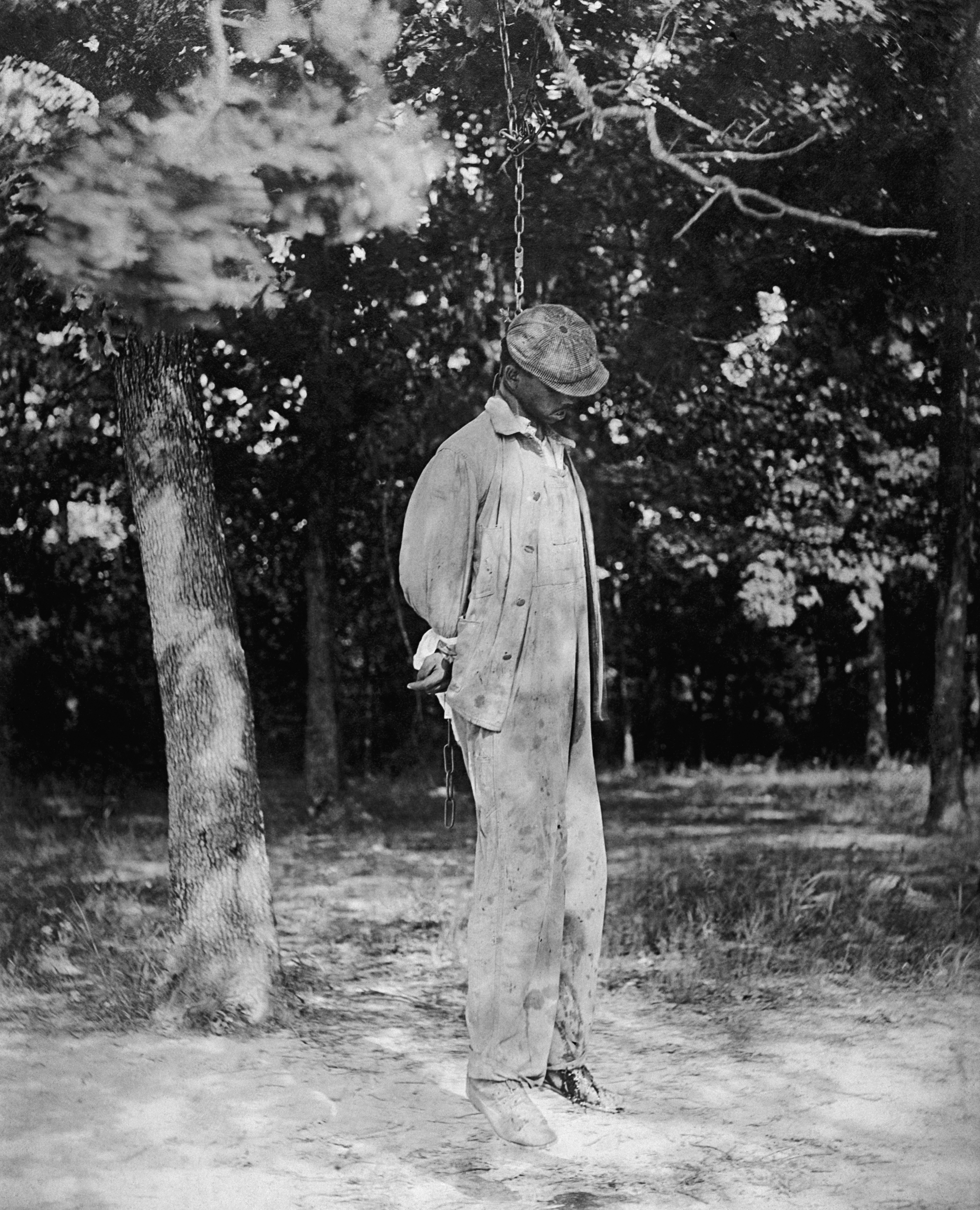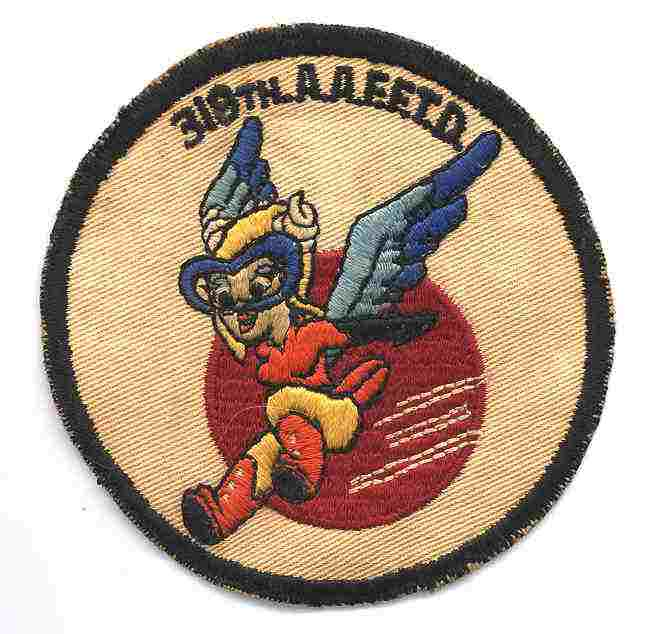 Do you fear that if women didn't ride side-by-side with Attila the Hun that women will never achieve equality in the 21st century? If so, Warrior Women
Do you fear that if women didn't ride side-by-side with Attila the Hun that women will never achieve equality in the 21st century? If so, Warrior WomenBut dull does not mean uninteresting. For example: the roots of the mother goddess, the matriarchy, and sexual equality go back to the pastoralists of the Asian steppes (a word derived fro the Russian word for prairie). This hard life left little room for any form of dependency. Everyone was equal and even today these societies (in Mongolia, western China, and the Russian steppes) are examples of shared rights and responsibilities. These sturdy people are certainly the origin of the Amazon myths.
However, remember that the Amazon myths are not the best source for information because they were written by the Greeks (Athenians). The Athenians may have invented democracy, but that was only democracy for men. Women in Athens were confined to the house both intellectually and physically. This led to another stark difference between Athens and Sparta. While Sparta might leave a weak male baby on the mountainside to die, they valued women and gave them all the benefits left leave their female babies on the mountainsides, for women were of little value in Athens. During their miserable lives, they did not participate in any of the glory of the city, but subsisted on poor diets, little recreation, and no education, and those were the wives of the rich.
If you like your facts straight and your ducks in a line, and your feet noted, this is the book for you.
However, if you demand your prehistoric feminism to be readable and engaging, try one of my all-time favorites: Women's Work...



